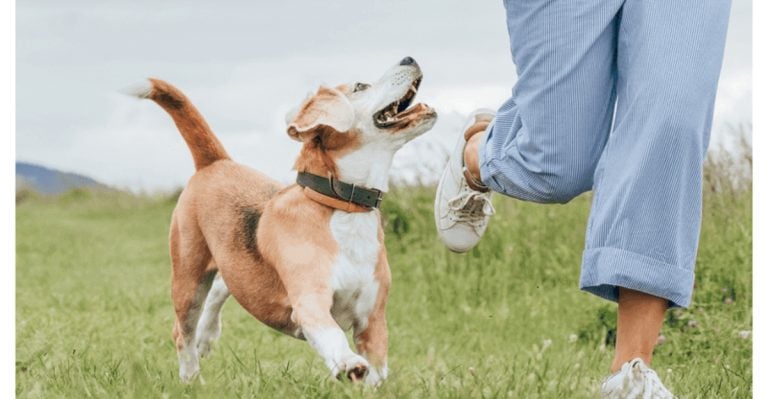15 Ways Dog Owners Misread Their Buddies

Many dog owners think they have mastered dog language, but that’s not always the case. Your pup may be trying to tell you something, but chances are, you’re not always hearing it right. This miscommunication can strain your relationship or make you miss dangerous signs. Here are some places where many owners miss the mark.
Tail Wagging Means They’re Happy
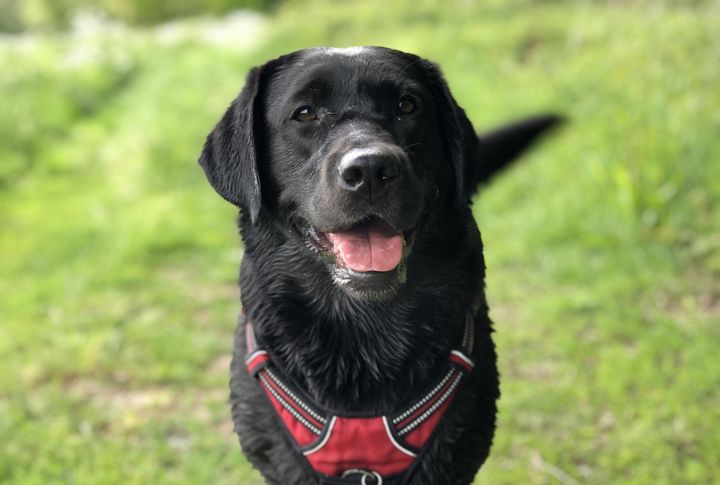
It’s wrong to assume a tail going wild always points to joy. A high, stiff wag often means your dog feels threatened, not thrilled. Height and tail tension matter, and misreading this can lead to dangerous encounters with stressed or overstimulated dogs. Watch the full body, not just the tail.
Yawning Equals Tiredness
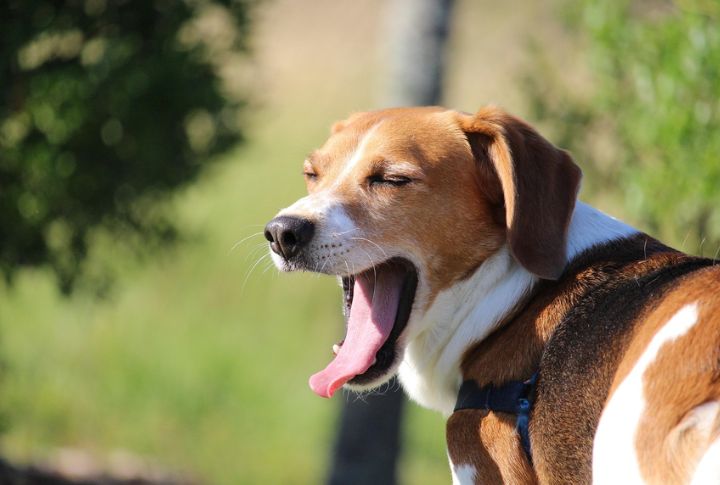
Dogs often yawn when nervous or overwhelmed, not because they’re sleepy. It’s a subtle stress signal—especially in new environments or tense situations. If you notice frequent yawning during training or loud conversations, your dog may just be trying to tell you they’re uncomfortable with their surroundings.
Licking Is Always A Sign Of Love
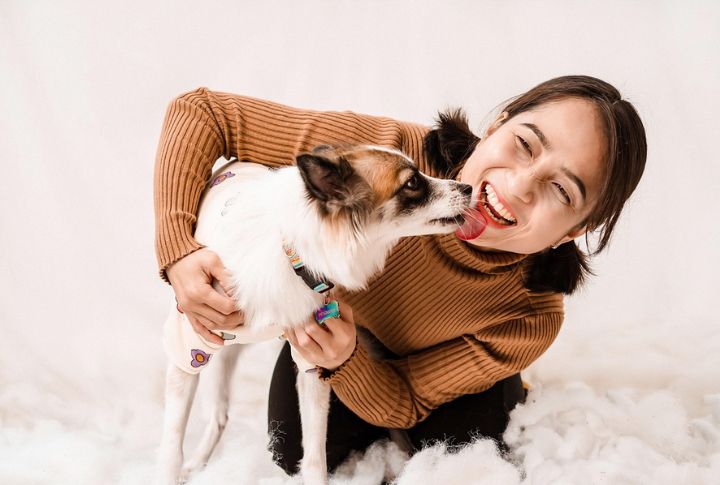
You lean in for kisses, thinking it’s affection, but that slobbery tongue could be signaling anxiety or nausea. Licking is complex. Sure, it can mean love, but more often, it’s layered. Your dog could be self-soothing or trying to calm you down. Read the room before assuming it’s puppy romance.
Rolling Onto Their Back Means “Belly Rub Time”
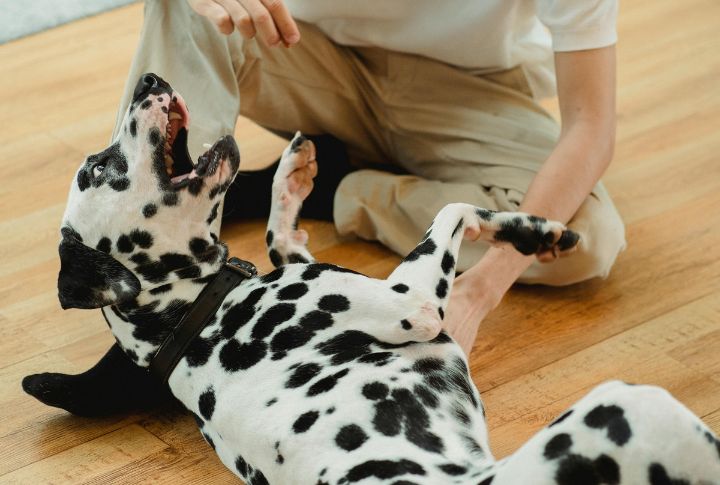
Maybe your dog is asking for a tummy rub. Maybe not. If the ears are pinned or the body tense, it’s likely a sign of fear or submission, not playfulness. You may want to delay putting your hand on that exposed belly and pay attention to the context.
Panting Just Means They’re Hot

Heat isn’t always the culprit when panting begins. It could be stress or pain. Or worse—an underlying medical condition. Is your dog panting indoors, away from heat or exertion? That could be emotional distress. So, excessive panting without a clear reason should never be ignored.
Jumping Says They’re Just Excited

You walk in, and your dog launches like a rocket. It looks like excitement, but it can also be frustration or poor impulse control. They may be overwhelmed and unsure how to channel it. Training, not affection, may just be what your dog needs with this behavior.
They Chew Because They’re Bad
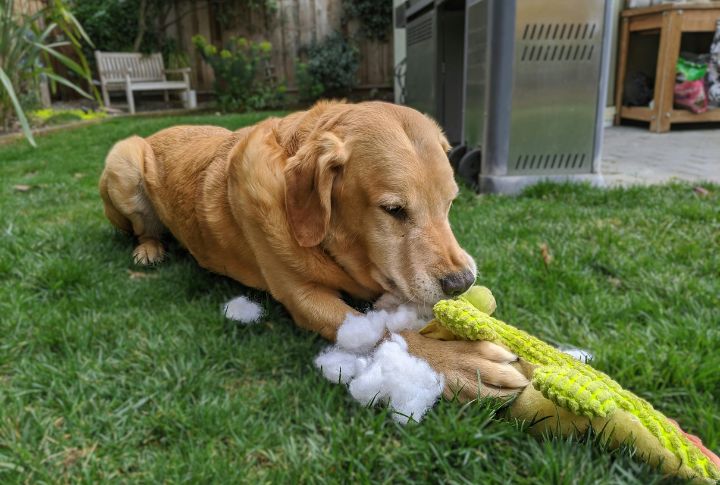
Your first thought when you come home to chewed shoes and scattered stuffing may be, “Bad dog.” But chewing is rarely about mischief. It’s a natural coping tool for teething puppies. For adult dogs, it helps relieve boredom or anxiety. Instead of punishment, offer alternatives. Rotate chew toys and provide stimulation. Find out the ‘why’.
Barking Means They’re Being Disobedient
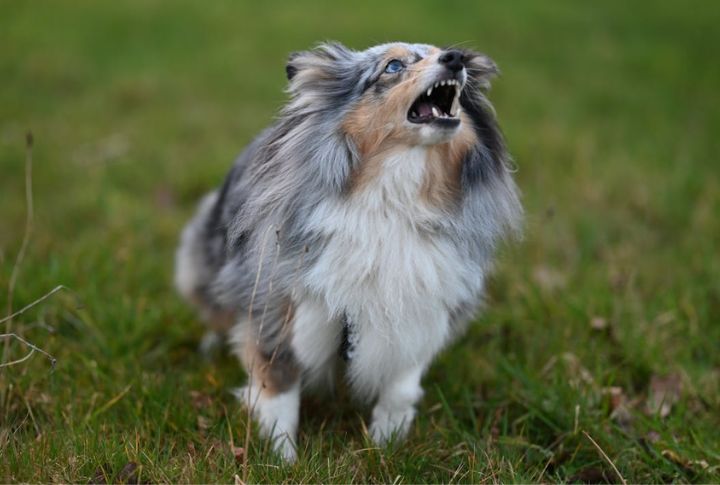
Dogs bark to warn, request, protest, or soothe themselves. Silencing them without understanding why can actually increase anxiety. Before you conclude that it’s disobedience, decode the message. Are they bored? Alerting? Fearful? When you stop listening, your dog starts shouting. That’s when it gets loud.
They Avoid Eye Contact Because They’re Guilty
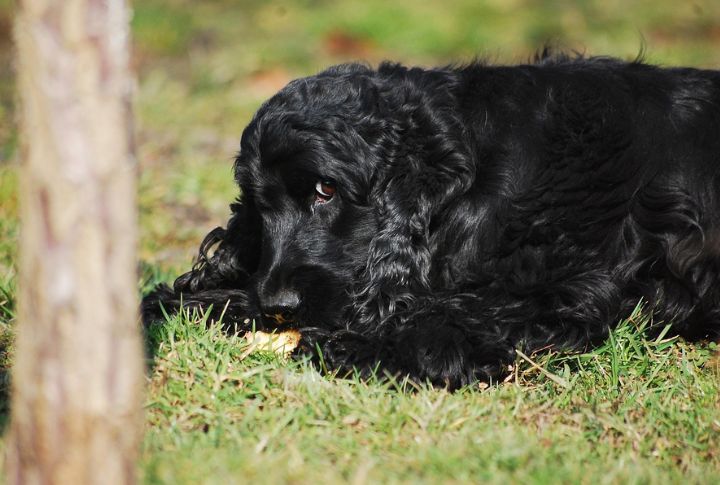
Let’s be clear—your dog doesn’t feel guilt. They read your cues and respond with appeasement gestures. Avoiding eye contact? That’s a de-escalation move, not a confession. You’re seeing fear, not remorse, because guilt is a human emotion. What your dog actually feels is discomfort. So, understand the difference, and you’ll communicate better.
They Love Being Hugged
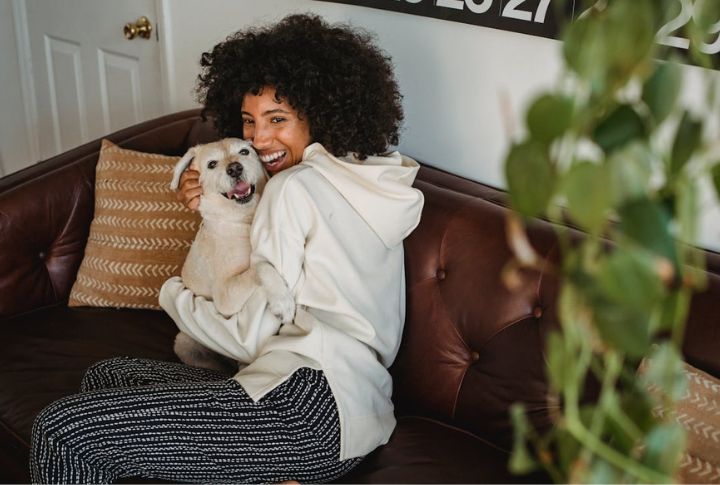
Affection should be mutual. You don’t want someone locking your arms and squeezing you tight in a way that you can’t move or feel trapped. That’s how many dogs experience hugs. Sure, some tolerate it—but many show subtle stress signals like lip licking or freezing. Sometimes, they try to escape.
Sniffing On Walks Is Wasting Time

You may think a walk is just a physical workout, but for your dog, it’s also a mental adventure. That stop-and-sniff routine is your dog gathering intel. Don’t rush it. Let them read the “pee-mails” and track the trails. Remember that they process their world through scent and respect the ritual.
They’re Okay Alone If They’re Not Whining
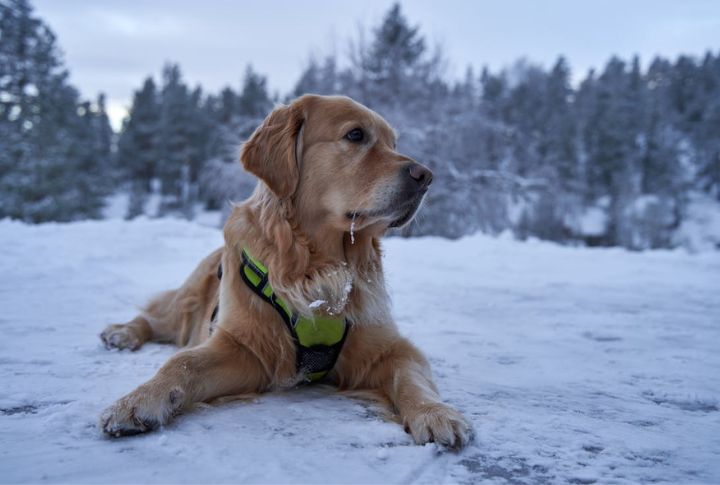
Some dogs internalize anxiety. They pace and drool. Some may destroy things—quietly. Just because your dog isn’t crying doesn’t mean they’re comfortable being alone. Separation anxiety shows up in more ways than noise. Look deeper than your ring cam’s audio feed. Silent suffering is still suffering.
Pulling On The Leash Points To Disobedience

They’re not trying to dominate you. Maybe they’re overstimulated or simply moving faster than you. Or maybe even undertrained. Most dogs don’t instinctively know how to walk politely on a leash. Pulling is a cue that they need help learning pace and focus. This is a training gap that you need to fix.
They Know They Did Something Wrong After A Scolding
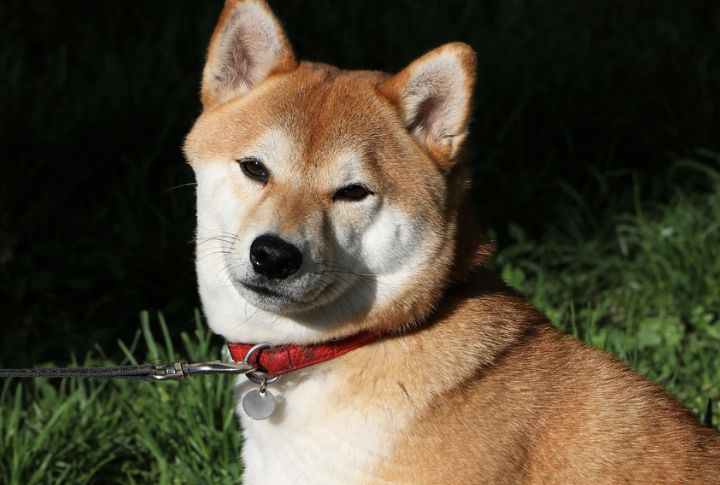
Dogs respond to your tone, posture, and energy in the present. They don’t connect scolding to actions from hours earlier. When you reprimand them after the fact, it just teaches fear, not accountability. If you didn’t catch them mid-mistake, the lesson’s lost—and your dog’s just scared of you.
Growling Equals Aggression
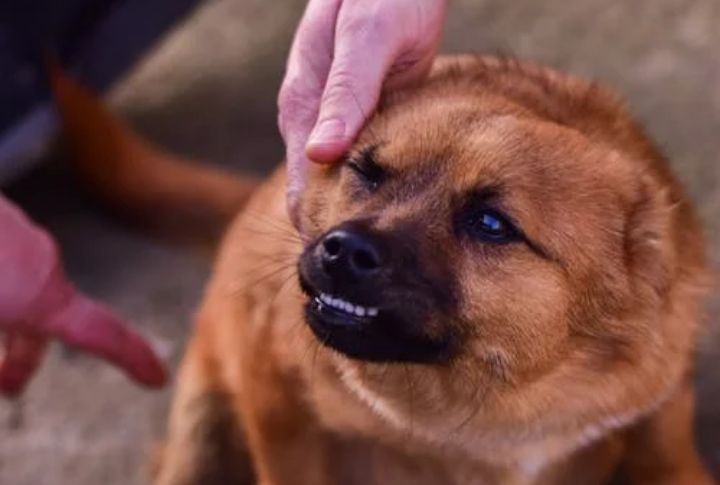
Growling doesn’t make your dog a threat. It may mean they’re uncomfortable and trying to avoid conflict. Suppressing that growl shuts down a critical warning system, and you don’t want them to skip the alert next time. So, respect the growl and see it as protection and not an act of war.




